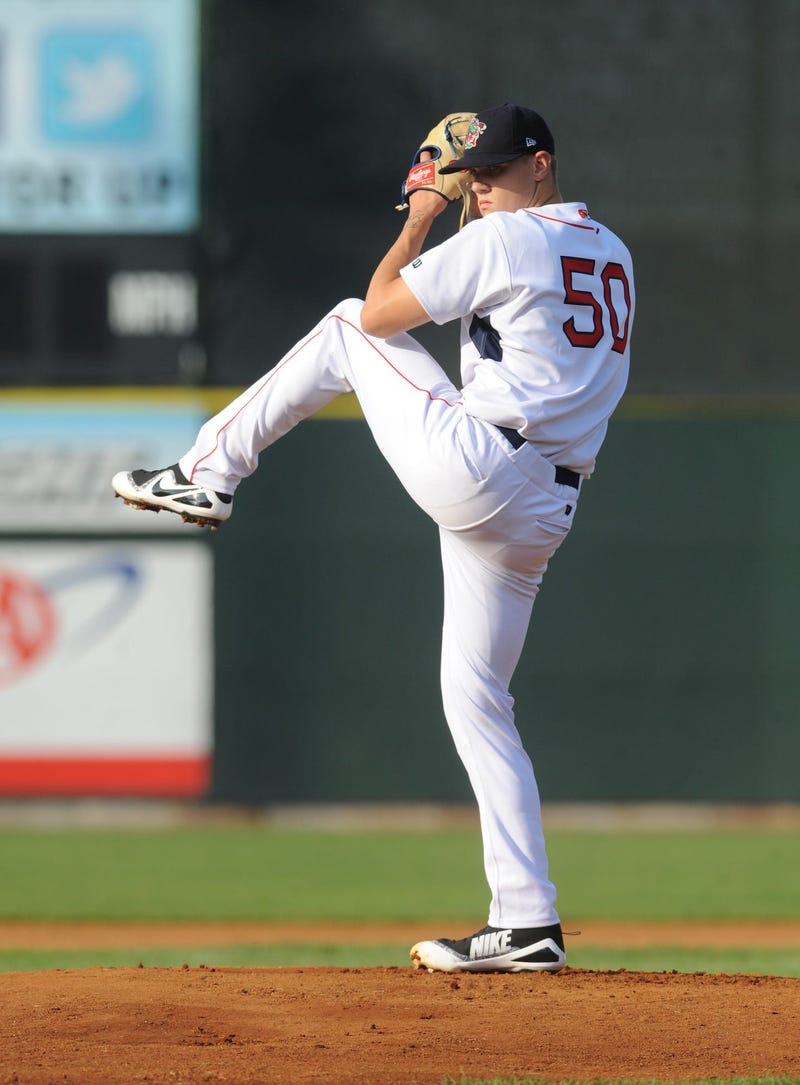
BALTIMORE -- A topic of conversation of late has been whether or not the Red Sox actually have minor-leaguers other teams might want. Talking to WEEI.com Monday, Dave Dombrowski attempted to clarify that reality.
"I think our system is probably a little better than people think it is," he said. "Unfortunately you have some guys who are hurt this year who are coming back. But I get asked about a lot of guys. Sometimes too, I’ve been in this spot before, where the general public recognizes more guys the closer they get to the big leagues. Other clubs are scouting guys who are in A ball and we actually have quite a few talented guys."
One, in particular, might be emerging.
The Red Sox' first-round pick in the 2017 draft, Tanner Houck, has seemingly finally found his way. The Single-A (Salem) starting pitcher hasn't allowed a run over his last two outings, totaling 15 strikeouts and just one walk in 12 innings. It's a far cry from where he started his first full year in pro ball.
After a 4.60 ERA in April, Houck's ERA for May stood at an uncomfortable 6.43. It was a time where the righty was still trying to adjust to becoming more of a fastball pitcher, instead of primarily relying on his sinker.
Now, he has seemingly found a happy medium.
When asked about Houck's alterations, Red Sox assistant pitching coach Brian Bannister was quick with an explanation: "New changeup grip. Pitching primarily with the two-seamer from college but then elevating the four-seamer. Pitching with both, like Porcello, New curveball grip. New finish to his delivery so he’s not finishing off on the first base side anymore, he’s finishing on the third base side so he’s staying a little more square. Keeping his chest square, his face square. He made a lot of good adjustments.
"He’s added (the four-seam fastball) as a new pitch. It was basically trying to find how large a percentage of his mix should it be, and how he should use it. We needed to see the hitters’ reaction, get the data on it. That’s kind of the modern way of developing players. You try things and see if it works and now you have tools to respond quicker and make adjustments."
It's all been part of a process many don't have the patience for. This evolution seems to be paying off.
"It's about testing, getting the data back, trying new things and seeing what works," Bannister said. "He skipped a level while getting used to pro ball and trying new pitches."
